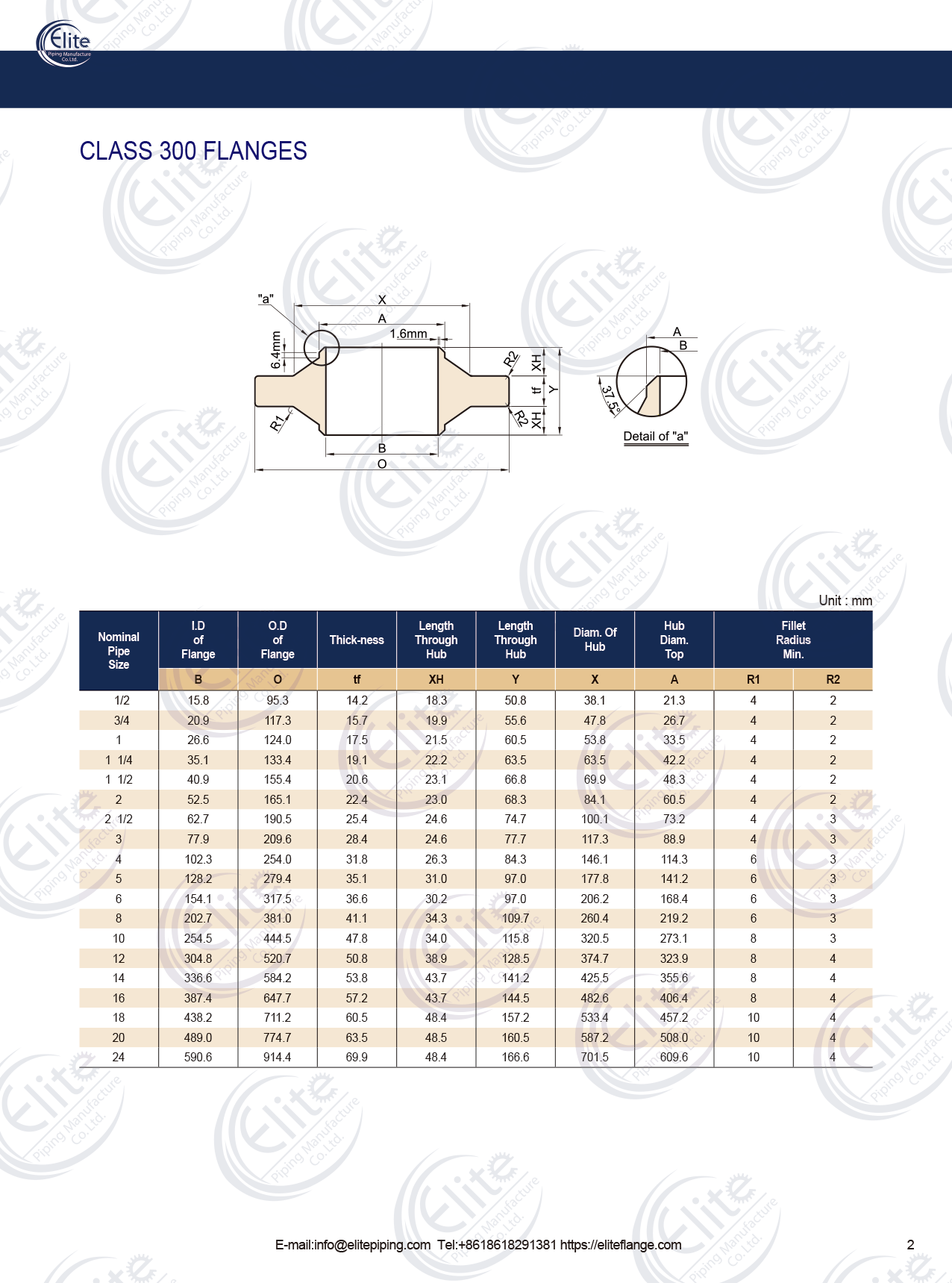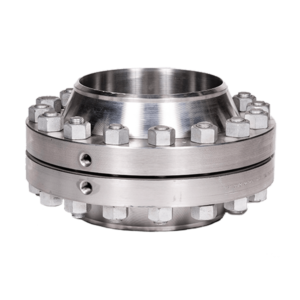Description


An Anchor flange, also known as a weld neck anchor flange, is a type of flange used in piping systems to provide stability and support to the pipeline. It is typically installed at the end of a pipeline or at points where the pipeline changes direction. The anchor flange is welded to the pipe and bolted to a mounting surface to prevent the pipeline from moving or shifting.
Anchor flanges come in various sizes and shapes, and are typically made from carbon steel or stainless steel. They are available in a range of pressure ratings, with the maximum pressure rating being determined by the material and thickness of the flange.
In addition to providing support to the pipeline, anchor flanges can also be used to absorb thermal expansion and contraction. When installed correctly, the anchor flange allows the pipeline to move slightly while maintaining its stability and preventing damage to the pipeline.
Overall, anchor flanges play an important role in maintaining the integrity and stability of piping systems, and are widely used in various industries such as oil and gas, chemical processing, and power generation.
An Anchor Flange is important in many thrust-control systems. It is essential when protecting pipeline pumping or gas stations. Anchor Flanges are most commonly welded into the line and covered in concrete, this immobilizes the pipe at predetermined locations and transfers built-up stresses to exterior structures.
Anchor Flanges combat axial movement. They bear a resemblance to a collar, once it is attached to a pipe. They prevent the pipeline from moving by typically being placed onto a section of the pipeline as it makes a turn or is at a bridge crossing.
A metal pipeline is known for its inherent movement caused by the flow of liquid, as well as contraction and expansion caused by temperature changes. By locking in an Anchor Flange and securing its position, the forces of flow pushing against the pipe are displaced on the earth.
They look similar to a weld neck flange, but it has two hubs on both sides to weld to the pipes. There are no bolt bores on Anchor Flanges and they help secure the position of the pipeline.

























